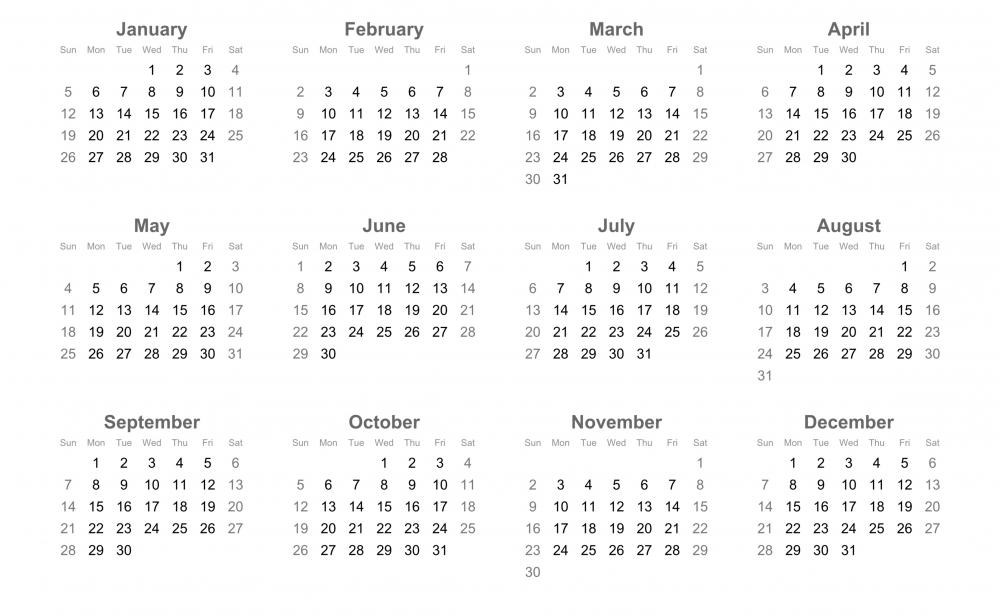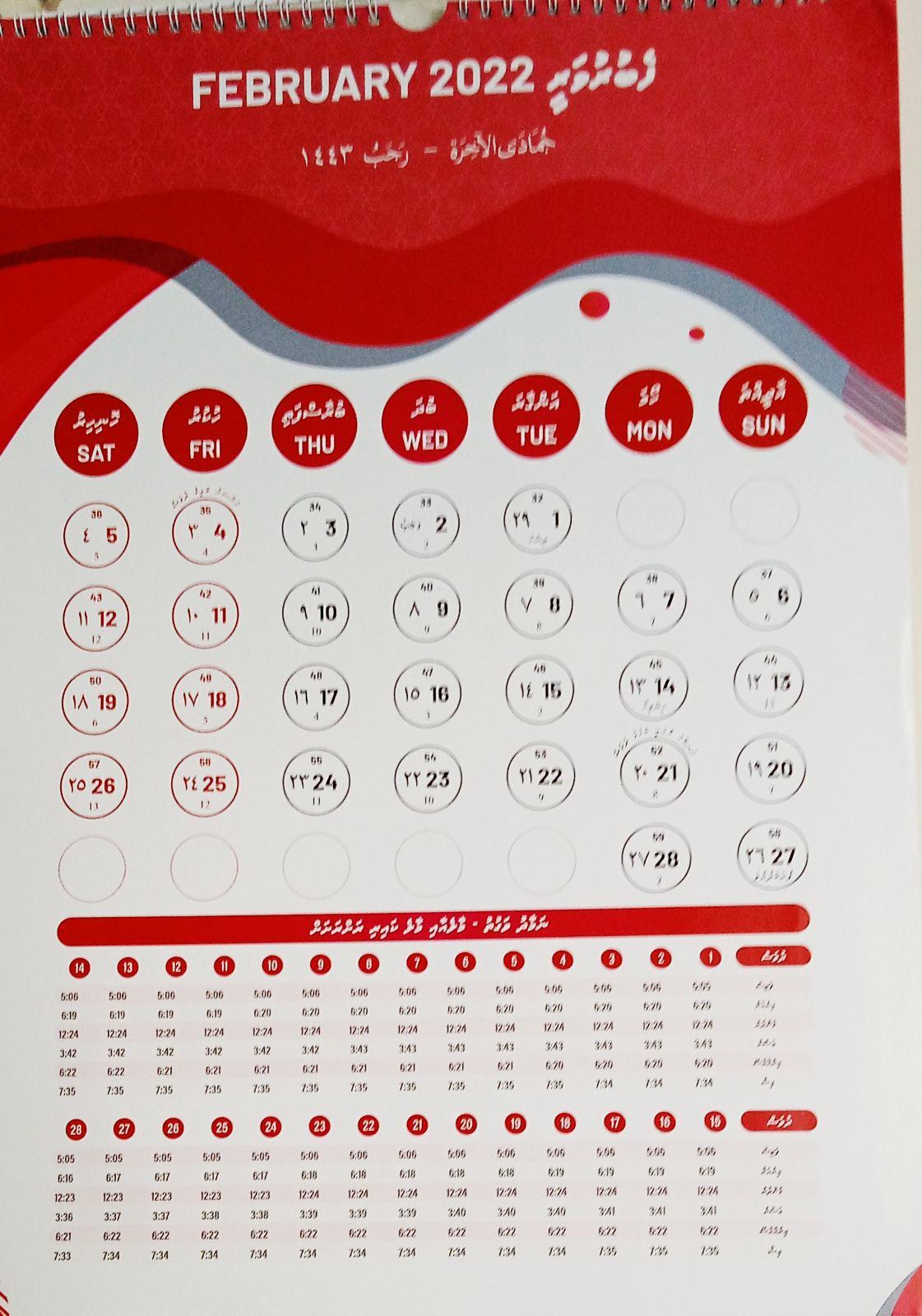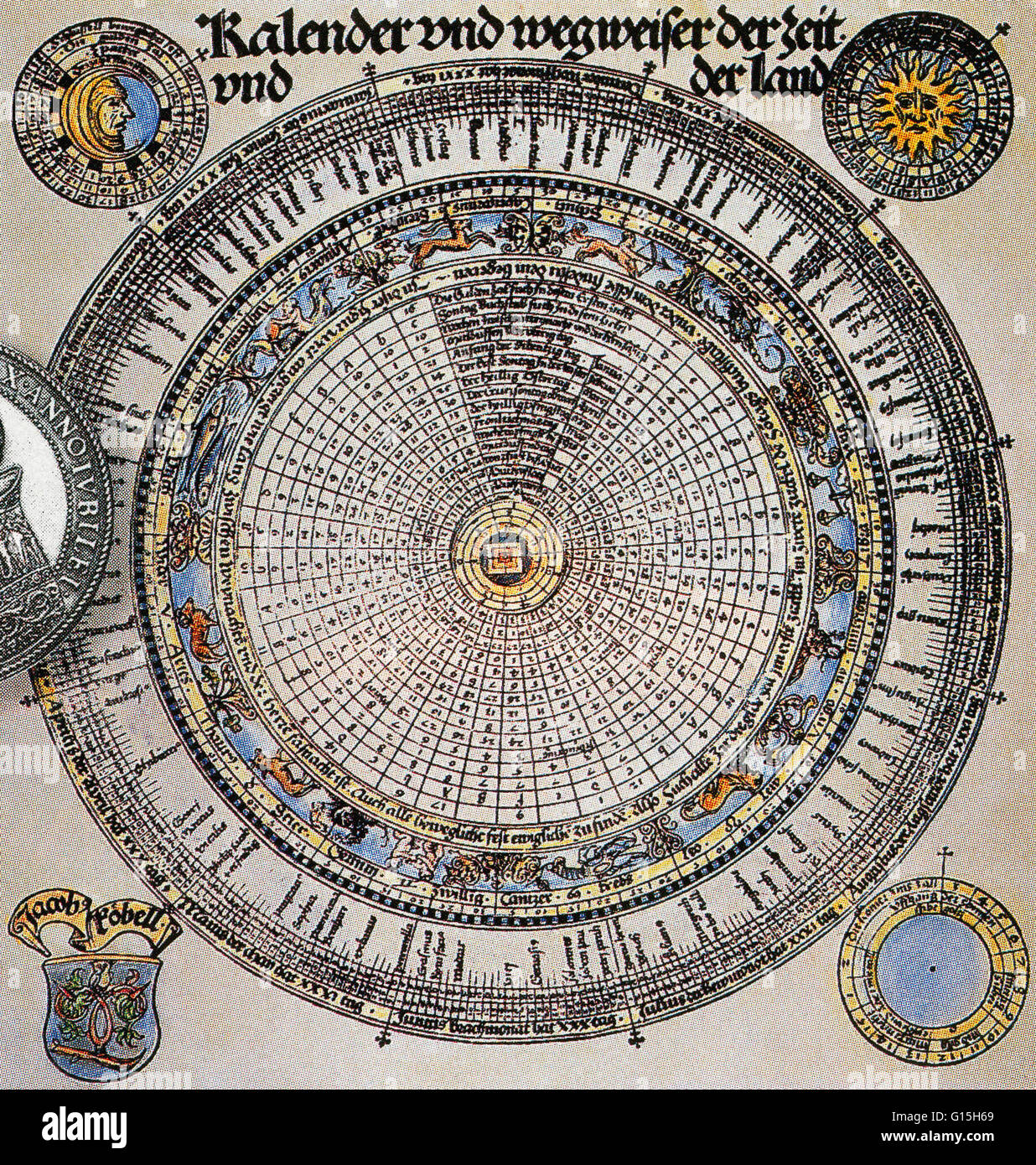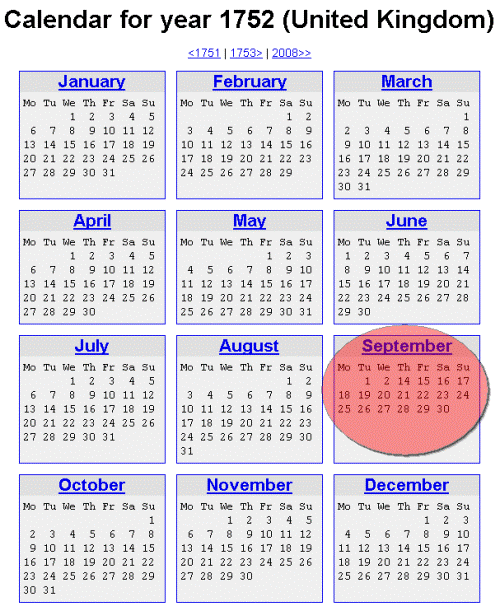Months Of The Gregorian Calendar
Months Of The Gregorian Calendar - January (31 days) february (28 or 29 days) march (31 days) april (30 days) may (31 days) june (30 days). Web this page shows a chart of the hebrew calendar months with their gregorian calendar equivalents. Web in 1582 pope gregory xiii (hence the name gregorian calendar) ordered ten days to be dropped from october, thus restoring the vernalequinox at least to an average of the. Web pope gregory xiii issued a papal bull, inter gravissimus on february 24, 1582 that established the gregorian calendar as the new and official calendar of the. Web there are 12 months in the modern gregorian calendar, each with 28, 30, or 31 days. It is the last month of astronomical spring in the northern hemisphere and of astronomical fall in the southern. Web what is the gregorian calendar? To convert in the opposite. The year in both calendars consists of 365 days, with a leap day. Web may is the fifth month in the gregorian calendar and has 31 days.
Current year in gregorian, muslim, and chinese calendar. It is the last month of astronomical spring in the northern hemisphere and of astronomical fall in the southern. Web calendar definition and meaning: When was the gregorian calendar adopted? In 1582, pope gregory xiii reformatted the julian. The protestant regions of germany and the netherlands switched in the 17th century. Web pope gregory xiii issued a papal bull, inter gravissimus on february 24, 1582 that established the gregorian calendar as the new and official calendar of the. Web what is the gregorian calendar? Why was the gregorian calendar created? Web this page shows a chart of the hebrew calendar months with their gregorian calendar equivalents.
Current year in gregorian, muslim, and chinese calendar. It is the last month of astronomical spring in the northern hemisphere and of astronomical fall in the southern. Why was the gregorian calendar created? To convert in the opposite. In 1582, pope gregory xiii reformatted the julian. The year in both calendars consists of 365 days, with a leap day. Each month has its own number of days that repeat yearly. The protestant regions of germany and the netherlands switched in the 17th century. Web the table on this page lists the english names for the months of the gregorian calendar (julian calendar), and gives the translations of these names into. This cycle of 12 months with.
Gregorian Calendar
The protestant regions of germany and the netherlands switched in the 17th century. Web in 1582 pope gregory xiii (hence the name gregorian calendar) ordered ten days to be dropped from october, thus restoring the vernalequinox at least to an average of the. Web what is the gregorian calendar? Why was the gregorian calendar created? Web this page shows a.
The Geopolitics of the Gregorian Calendar Stratfor
Each month has its own number of days that repeat yearly. Web pope gregory xiii issued a papal bull, inter gravissimus on february 24, 1582 that established the gregorian calendar as the new and official calendar of the. Web calendar definition and meaning: Web the months of the gregorian calendar year are, in order: Web the table on this page.
What is the Gregorian Calendar? (with pictures)
Web explore the history of the gregorian calendar, which britain and its colonies adopted 260 years ago. When was the gregorian calendar adopted? Web the gregorian calendar and modern systems. Web calendar definition and meaning: So, to convert from the julian calendar to the gregorian calendar, add 13 days;
The Gregorian Calendar Gregory’s Greatest
Web there are 12 months in the modern gregorian calendar, each with 28, 30, or 31 days. In 1582, pope gregory xiii reformatted the julian. To convert in the opposite. Web calendar definition and meaning: Web the months of the gregorian calendar year are, in order:
Calendar of 13 Months Encyclopedia MDPI
Web the gregorian calendar and modern systems. Web there are 12 months in the modern gregorian calendar, each with 28, 30, or 31 days. Why was the gregorian calendar created? Each month has its own number of days that repeat yearly. Web in 1582 pope gregory xiii (hence the name gregorian calendar) ordered ten days to be dropped from october,.
The Gregorian Calendar History Happy Hive Homeschooling
So, to convert from the julian calendar to the gregorian calendar, add 13 days; Web the gregorian calendar and modern systems. Web in 1582 pope gregory xiii (hence the name gregorian calendar) ordered ten days to be dropped from october, thus restoring the vernalequinox at least to an average of the. It is the last month of astronomical spring in.
The Gregorian calendar (Western calendar, Christian calendar) is the
Web the table on this page lists the english names for the months of the gregorian calendar (julian calendar), and gives the translations of these names into. To convert in the opposite. February 27, 2024 | original:. Current year in gregorian, muslim, and chinese calendar. Each month has its own number of days that repeat yearly.
Gregorian calendar month meddic
In 1582, pope gregory xiii reformatted the julian. The year in both calendars consists of 365 days, with a leap day. Web explore the history of the gregorian calendar, which britain and its colonies adopted 260 years ago. Why was the gregorian calendar created? If february has 29 days, then the year is called a leap year.
History Of The Gregorian Calendar prntbl.concejomunicipaldechinu.gov.co
Each month has its own number of days that repeat yearly. Web explore the history of the gregorian calendar, which britain and its colonies adopted 260 years ago. Web there are 12 months in the modern gregorian calendar, each with 28, 30, or 31 days. The protestant regions of germany and the netherlands switched in the 17th century. Web calendar.
Gregorian Calendar 2023
Current year in gregorian, muslim, and chinese calendar. The year in both calendars consists of 365 days, with a leap day. Today, the gregorian calendar is the most popular. Web there are 12 months in the modern gregorian calendar, each with 28, 30, or 31 days. Web the table on this page lists the english names for the months of.
Web What Is The Gregorian Calendar?
If february has 29 days, then the year is called a leap year. The protestant regions of germany and the netherlands switched in the 17th century. This cycle of 12 months with. Web the gregorian calendar and modern systems.
Why Was The Gregorian Calendar Created?
It is the last month of astronomical spring in the northern hemisphere and of astronomical fall in the southern. If february has 28 days, then the year is 365 days long. Web the table on this page lists the english names for the months of the gregorian calendar (julian calendar), and gives the translations of these names into. Web may is the fifth month in the gregorian calendar and has 31 days.
When Was The Gregorian Calendar Adopted?
Web there are 12 months in the modern gregorian calendar, each with 28, 30, or 31 days. Today, the gregorian calendar is the most popular. In 1582, pope gregory xiii reformatted the julian. Web this page shows a chart of the hebrew calendar months with their gregorian calendar equivalents.
January (31 Days) February (28 Or 29 Days) March (31 Days) April (30 Days) May (31 Days) June (30 Days).
So, to convert from the julian calendar to the gregorian calendar, add 13 days; Web pope gregory xiii issued a papal bull, inter gravissimus on february 24, 1582 that established the gregorian calendar as the new and official calendar of the. Web in 1582 pope gregory xiii (hence the name gregorian calendar) ordered ten days to be dropped from october, thus restoring the vernalequinox at least to an average of the. Web explore the history of the gregorian calendar, which britain and its colonies adopted 260 years ago.








